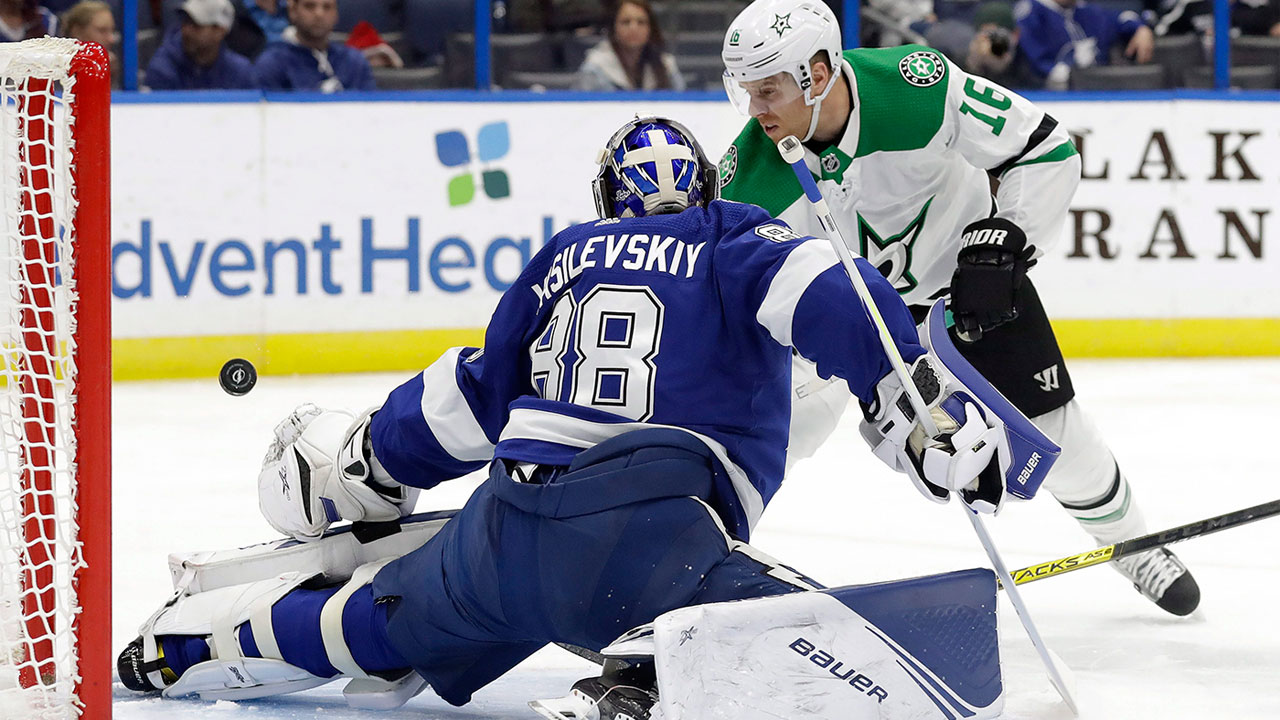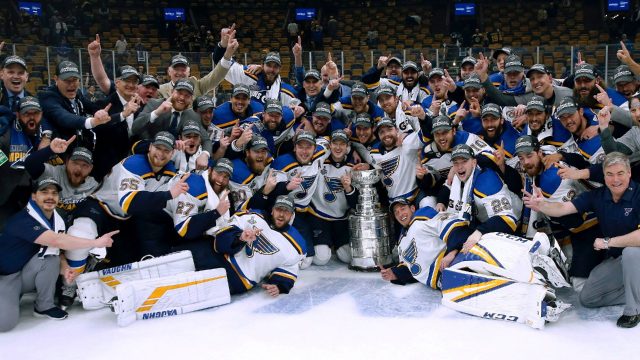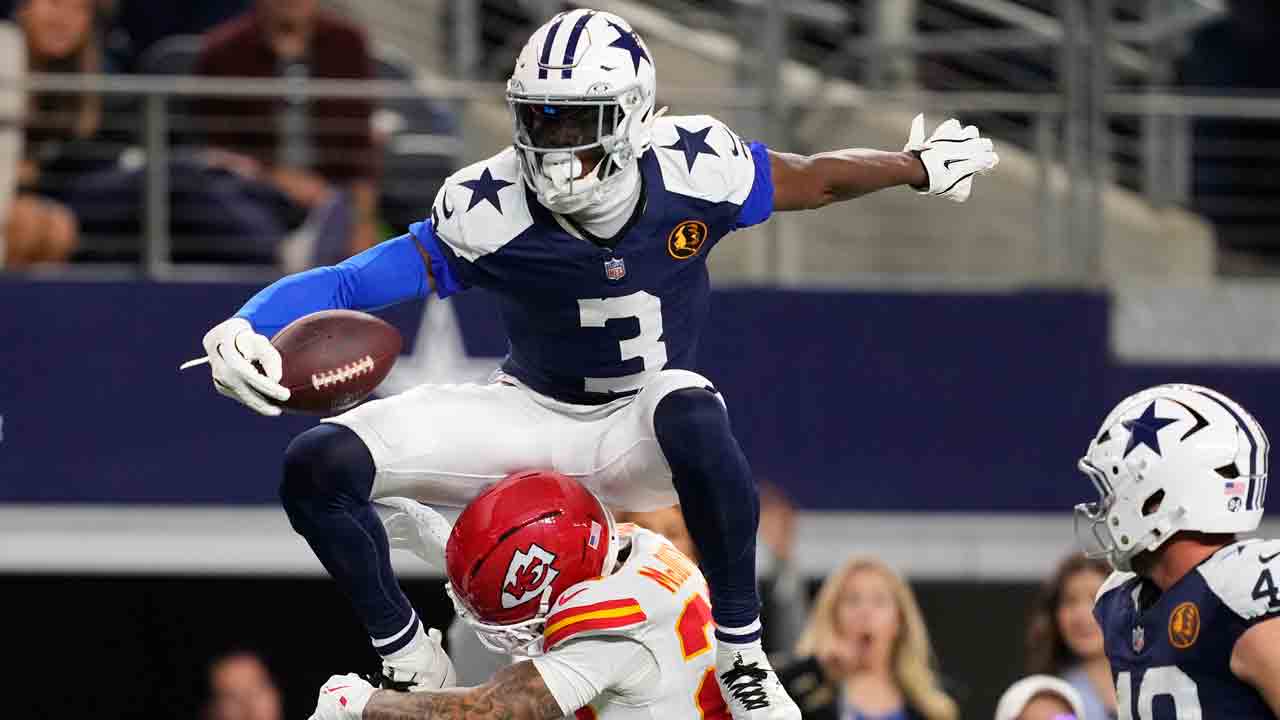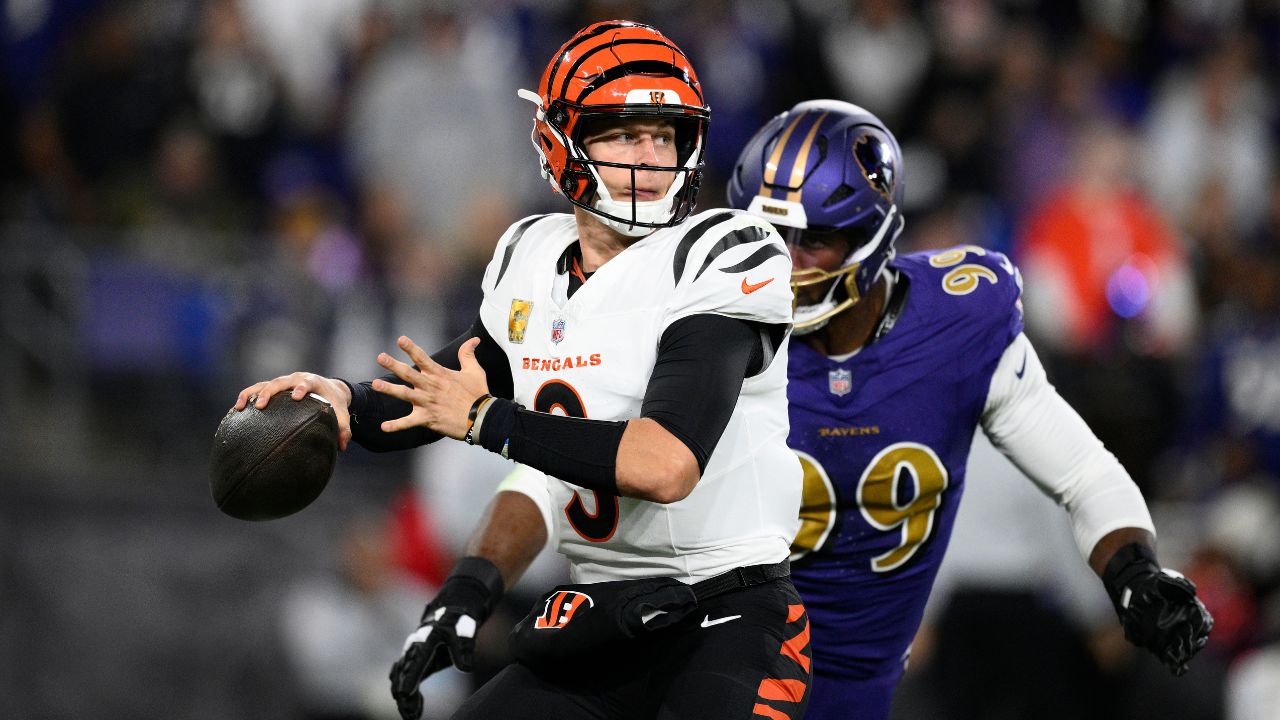
On Sept. 17, 2019 the Tampa Bay Lightning played their first pre-season game and dropped a 3-0 decision to Carolina. Exactly one year later, they punched their ticket to a Stanley Cup Final that will bring to an end that same 2019-20 season.
It’s been a strange and wild season that we didn’t always think would be able to get finished, but the Lightning and Dallas Stars have outlasted everyone and are the final two teams standing. No one will ever forget this historic 2019-20 season that will end without fans inside a bubble, and that’s what could also make this the hardest final ever to lose.
By the time the puck drops on Game 1, these two teams will have been separated from the outside world for 55 days, dating back to the end of July when the return to play plan came to fruition. It’s been a grind for more reasons than usual and now everything is on the line.
Tampa Bay arrives in the final as a long-held favourite, while Dallas is a bit more of a surprise, though they qualified as one of the top four teams in the West. Here’s a preview of the 2020 Stanley Cup Final.
ADVANCED STATS
Playoff 5-on-5 numbers via Natural Stat Trick
Dallas: 47.96 CF% (16th), 49.37 GF% (10th), 91.8 SV% (15th), 8.48 SH% (8th), 1.003 PDO (11th)
Tampa Bay: 55.59 CF% (4th), 62.5 GF% (1st), 94.09 SV% (5th), 8.11 SH% (9th), 1.022 PDO (4th)
TEAM STATS (POST-SEASON)
Dallas: 27.3 PP% (5th), 83.3 PK% (9th), 2.95 GF/G (7th), 3.05 GA/G (16th)
Tampa Bay: 17.9 PP% (12th), 83.6 PK% (8th), 3.11 GF/G (4th), 2.21 GA/G (3rd)
HEAD-TO-HEAD RECORD
Dallas: 2-0-0
Tampa Bay: 0-0-2
How the Dallas Stars got to the Stanley Cup Final: Although they were the West’s No. 3 seed after the round robin, Dallas has been regarded as something of an underdog for this run. Their backup goalie, Anton Khudobin, has started nearly every game with Ben Bishop “unfit to play.” The Stars had the 26th-ranked offence in the regular season, and if the return to play order was determined by standings points instead of points percentage, they would have had to go through the qualifying round.
The Stars advanced past the Calgary Flames in six games and then met a Colorado Avalanche team that was among the favourites to win it all. While defence was supposed to be Dallas’ strength, and generating offence a weakness, they managed to outlast the Avs in a high-scoring, seven-game slugfest in which the Stars were actually outscored 29-28. Dallas may have benefitted from the fact Colorado was also without its starting netminder, but it was the second series in a row that Dallas averaged over three goals per game.
Heading into the conference final, Dallas was the second-highest scoring team in the playoffs behind only Colorado, which was one of the more surprising developments out of Rounds 1 and 2. But there they met a tougher defensive team in the Vegas Golden Knights, and the best goalie they had seen all playoffs in Robin Lehner. Dallas’ goal output slowed, but Khudobin was spectacular and the advantage he gave the Stars was enough to lift them to a five-game series win that whipped past quicker than anyone anticipated.
But how surprised should we really be by this Stars team? In 2019, Dallas took the eventual Cup champion St. Louis Blues to Game 7 overtime in Round 2, and were a goal line save away from eliminating them. The Jamie Benn–Tyler Seguin–Alexander Radulov trio are the headline names, but this roster is all about depth and a variety of different skill sets. Defenceman Miro Heiskanen is averaging over 25 minutes a game and is a Conn Smythe candidate with 22 points in 21 playoff games. Joe Pavelski, an off-season free agent acquisition, leads Dallas in goals with nine, tied with 23-year-old Denis Gurianov, who is a playoff rookie. Roope Hintz and Radek Faska are highly valuable third line contributors, although Faska’s health status is up in the air. John Klingberg is another star defenceman who can make someone like Esa Lindell fly under the radar. Joel Kiviranta has come out of nowhere with four goals in eight games.
All this is to say: there is a lot to like personnel-wise in Dallas and they all are completely bought into a defensive system first implemented by former coach Jim Montgomery and continued by Rick Bowness. As respected as the Stars were as a defensive team before this run, they’ve proven they can keep up in a track meet with more offensively dynamic teams as well.
How the Tampa Bay Lightning got to the Stanley Cup Final: A popular pick to win the Cup at the start of all this, the Lightning were the East’s No. 2 seed after the round robin and have taken a fairly quick route to the final.
After being swept out in Round 1 of the 2019 playoffs by Columbus, Tampa was challenged right away in 2020 with a rematch against those same Blue Jackets. An historic 5OT win in Game 1’s “August Epic” set the tone for a tightly contested series in which each game but one was decided by a single goal. But the Lightning rebounded from last year’s disappointment and proved their playoff mettle by turning that into a short five-game win.
Round 2 brought another familiar opponent in division rival Boston who didn’t show particularly well in the round robin and had Jaroslav Halak in net after Tuukka Rask had to leave the bubble. Tampa dropped Game 1, though, and faced their first trial of adversity in a Game 2 that was forced to overtime when Brad Marchand scored late in regulation. It was a key moment and had the Lightning dropped the first two games against the Bruins, perhaps we’re writing about a different team right now. But Ondrej Palat‘s winner gave the Lightning a second wind, and they followed up with wins in Games 3 and 4 as well by a combined 10-2 score. Palat’s goal was the turning point, and the Lightning advanced in another five-game series.
The conference final was the longest series Tampa has seen so far, and it was clearly advantageous for them to be so well-rested in Game 1. With the Islanders playing on short rest following a seven-game Round 2 series, the Lightning blew them away 8-2 in Game 1 and seemed on the way to another quick win. But the Islanders were much more themselves the rest of the way — tough on defence and not letting Lightning scorers get many quality opportunities.
The two teams exchanged wins in Games 2, 3 and 4, leaving Tampa with a 3-1 series lead and on the doorstep of the final. The Islanders, not going quietly, forced the final two games to overtime — Jordan Eberle scored in the second OT period in Game 5 and Anthony Cirelli‘s winner in Game 6 moved Tampa to the final. Though the Lightning had reached Round 3 four times in the past six years, this is their first shot at the Cup since 2015, when a younger core lost in six games to Chicago.
The Lightning are catching no one by surprise being here. A big favourite, Tampa has stars at every position. Andrei Vasilevskiy in net, Victor Hedman on the blue line and Nikita Kucherov on forward, all of whom are award contenders each season. Cirelli is an emerging two-way force and Brayden Point has become one of the better centres in the league. And heck, they’ve lasted through this whole run without having Steven Stamkos for a single game.
Dallas Stars X-Factor: Joe Pavelski
This series reminds us of the Dallas-Colorado matchup in Round 2. Like Colorado, the Lightning can score a bunch and are led by a super first line. Tampa’s defence can play big and move the puck well. But unlike the Avs, the Lightning still have a healthy starting goalie and that will make it a challenge for the Stars to keep up on offence this time.
If there is one place the Stars could have a leg up on Tampa, it’s on the second line. The Lightning’s second unit has three minus players on it. When Tyler Johnson and Alex Killorn have been on the ice, Tampa has controlled less than half the shots on goal at 5-on-5, and only one other Lightning player (Cedric Paquette) is under 50 per cent.
With that in mind, Pavelski could be a big difference maker if he keeps the goal scoring up. After scoring just 14 times all season, Pavelski leads Dallas with nine goals in 21 post-season games from the second line. On Pavelski’s flank is Gurianov, who also has nine goals. Dallas’ top line will need to provide some level of offence and if the second unit can outdo their counterparts in Tampa it might just be a key to success. If this is going to be a close series, a clutch goal or two will be required and playoff veteran Pavelski is a good bet to play that role.
Tampa Bay Lightning X-Factor: Brayden Point
How healthy is Tampa’s top centre and how impactful can he be in the final? Point has been a beast for the Lightning so far with 25 points in 17 games and averaging over 20 minutes of ice time per game. When he’s in the lineup Tampa has been near unbeatable, winning 11 of the past 12 games he’s played. But an apparent lower-body injury forced him out of Games 3 and 5 against New York, both Lightning losses.
Point did return for Game 6 and wasn’t held back, playing over 25 minutes with four shots and four blocks. It will be a quick turnaround for Game 1 of the Stanley Cup Final on Saturday, though, and the Lightning need Point at full gear for the duration, especially if Stamkos remains out. With a strong finish to this run, Point could come out as the Conn Smythe winner.
Dallas will win if… Khudobin wins the goalie battle
The Stars’ playoff starter had a .950 save percentage against Vegas in the conference final, but was scored on 23 times in the Colorado series. Against those Avs the Stars faced a backup goalie, just as they did against Calgary and Cam Talbot. Now they’re up against one of the league’s best in Vasilevskiy who has a .931 save percentage and minuscule 1.82 GAA this post-season. Vasilevskiy has allowed more than two goals just once in his past nine games. Khudobin will be under fire at times and can’t falter, because the goalie at the other end won’t give Dallas any breaks.
Anton Khudobin is a legend for this.
(: @NHLonNBCSports) pic.twitter.com/GB8D7w2wQZ
— Tim and Sid (@timandsid) September 15, 2020
Tampa will win if… their offence dictates the series
In the Western Conference Final, Dallas was mostly outchanced by Vegas and controlled just 41 per cent of the high danger chances through the series. Vegas converted on less than five per cent of its shots, though, which Peter DeBoer chalked up to being rattled by Thatcher Demoko in Round 2. This series could go much the same way, with Tampa controlling shots and Dallas attempting to keep as many of them to the outside as possible. But they can’t rely on their opponent having a low shooting percentage this time. The Lightning had the best offence all season long and if given enough opportunity, they won’t fail now.
Steven Stamkos reaction.
Will we see Stamkos back in the @tblightning lineup for the #StanleyCup Final?
: @Dave_Sandford / NHL Images pic.twitter.com/vQ7xYLgg2R
— Sportsnet (@Sportsnet) September 18, 2020





